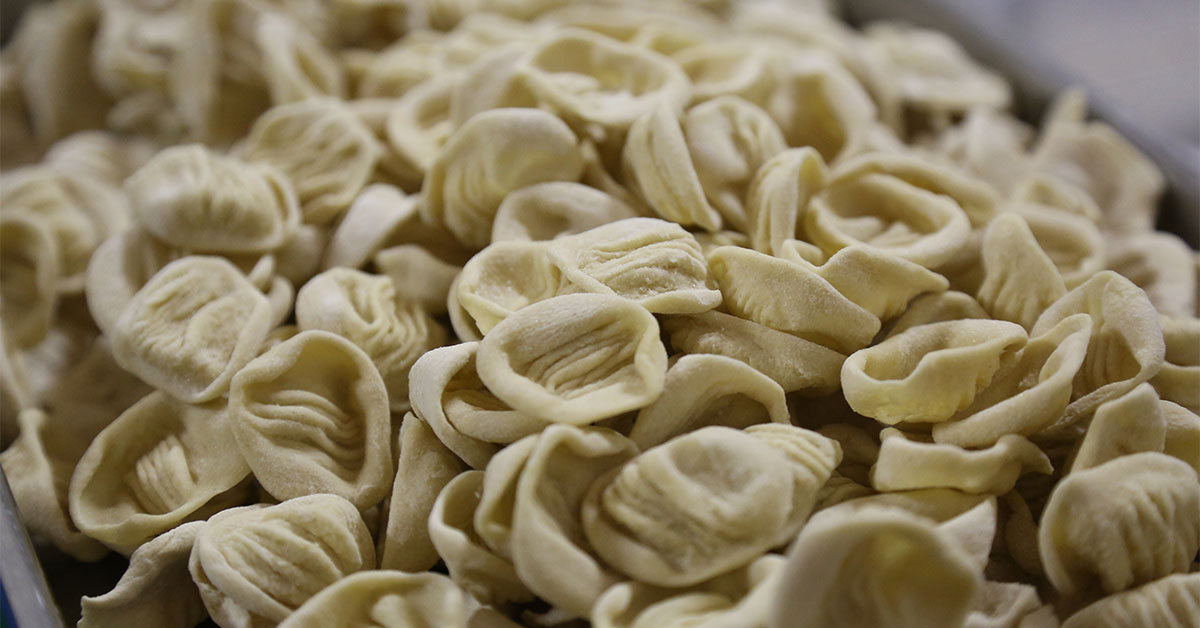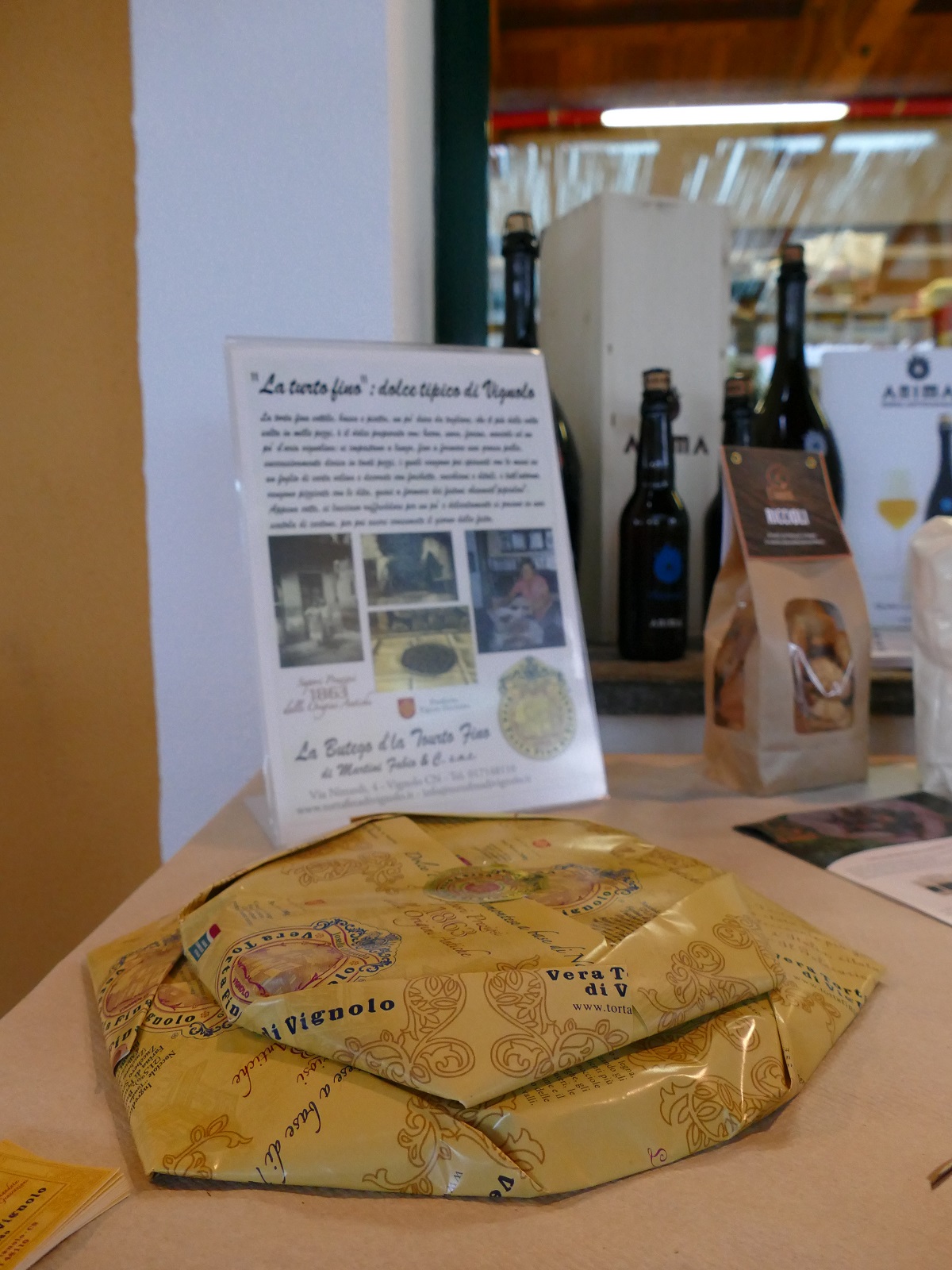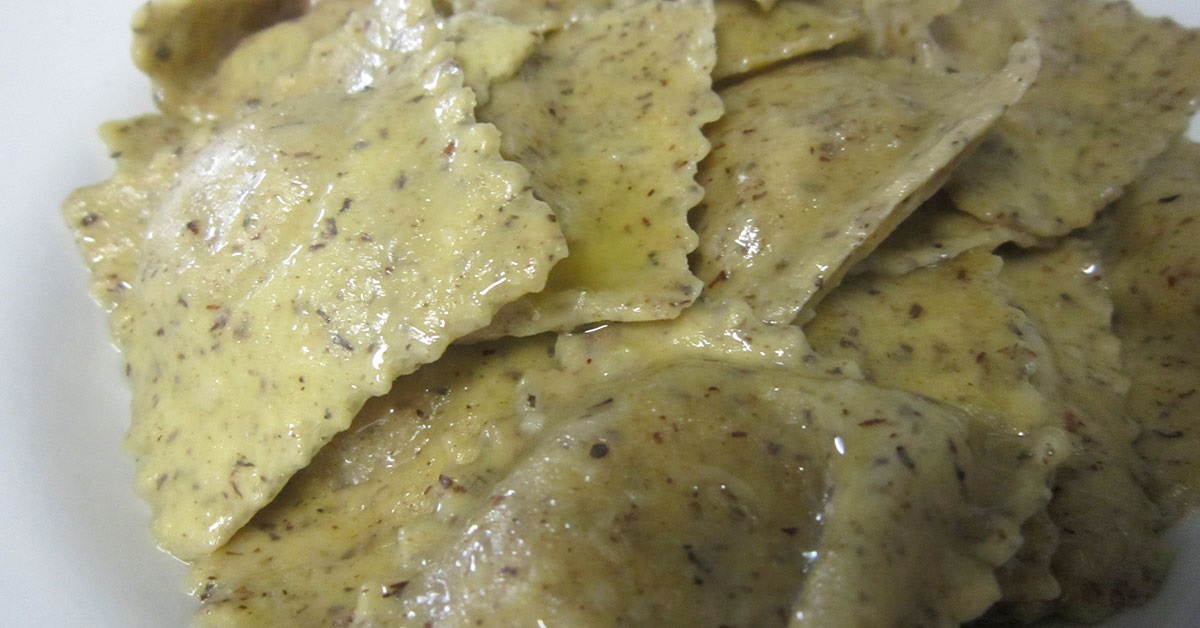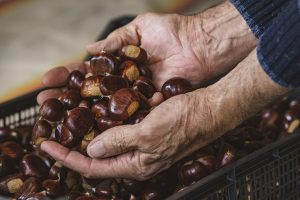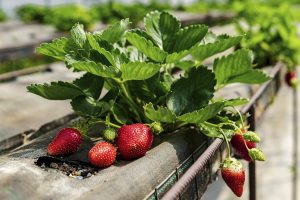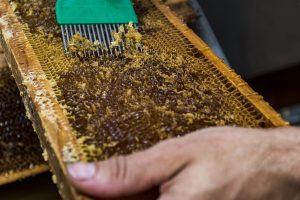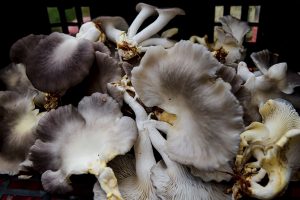A rich gastronomic tradition
Mushrooms and snails
The Stura Valley boasts a rich and varied gastronomic tradition: similar to the other alpine territories in the province of Cuneo, in the past typical mountain cuisine included simple dishes made with local ingredients. Local products rich in taste include mushrooms, collected by families at different times of the year, and snails, bred and cooked because of their therapeutic properties. These two products defined as the “meat of the poor,” are now prized and sought-after items.
In Borgo San Dalmazzo, home of the famous Cold Fair, and neighboring areas, the tradition of snail collecting and breeding is very old. Mountain snails (Helix pomatia alpina), generally larger than other species, are caught by hand in the summer and reared in special pens until late fall, the time when operculation, or the natural closing of the shell, takes place. Traditionally, the snail was winter tavern food, as well as the favorite dish of carters (cartoné), who, to extract the snails from their shells, apparently used the nail used to shoe horses. Even today, cartoné snails, dipped in oil flavored with herbs, are one of the most traditional recipes. The special diet of fragrant herbs from the alpine meadows and pastures gives a distinctive flavor to this prized mollusk, characterized by its inimitable soft white flesh.
Polenta
In gastronomic history an important role has always been played by polenta. Originally the ingredients consisted of a mixture of poor grains mixed with legumes and water while later polenta made from cornmeal became popular. Accompanied by meat, milk and cheese, polenta was prepared with rye, barley or buckwheat flour (fourmentin) and sometimes supplemented with potatoes. Indeed, traditional is the black polenta (pulenta nira), widespread in the municipality of Valloriate and made with buckwheat flour, 00 flour, local potatoes and garlic.
Chestnuts
The important spread of chestnut forests between the middle and lower valley has always allowed the use of this fruit in traditional cooking: a main ingredient in many dishes, used as an alternative to cereals or employed as a sweet with sugar, in the past it was of great economic importance to the area. Even today it continues to give delicious and quality products.
L’oula al fourn
Among soups, in addition to lentil broth (formerly grown on wide plains in the upper valley), a starring place is certainly occupied by “oula al fourn,” a soup made with vegetables and legumes, enriched with pork and cooked for a long time in a wood-burning oven in a typical earthenware pot (oula).
Crousét
Among the first courses, crousét, fresh pasta made with flour, water and oil, should definitely be mentioned. Their name comes from the unmistakable hollow in the middle part, called crousét in Occitan. Once the dough is ready, the loaf is divided into chunks and each one is then pressed with the thumb on the pastry board, making it take on that particular hollow shape covered with the characteristic pleats. Since 2017, “CROUSET” has been a collective trademark to preserve the traditional preparation technique and guarantee the quality of the product to the final consumer.
Raviola valaouriana
Among the Valley’s many products, one of the tastiest is the Valaourian raviola, a special recipe that brings together the ancient ingredients of mountain cuisine and culinary innovation. Protagonists of the dish are buckwheat and the ancient Valloriate potato cake. Buckwheat represents one of the symbolic products of the mountains with its ability to grow in poor soils and ensure a high energy value to dishes featuring it. Potato pie, on the other hand, was a dish of feast days because ingredients that were not easy to come by were used in its preparation. Thanks to these two ingredients, the restaurants of Valloriate created a special raviola that, from its close connection with the products and traditions of the area, took the name Valaourian raviola.
Sambucan Lamb
It is among the seconds that the Stura Valley counts its flagship product: the meat of the Sambucano lamb. A Slow Food Presidium since 2011, the Sambucan sheep breed (also called demontina) is the area’s native breed. It is raised from 600 to 1,800 meters and can provide excellent quality meat, wool and milk, although in limited quantities. Traditional cooking uses the 18-25 kilogram lamb, which is available year-round, or the so-called tardoun, the big lamb produced in autumn after the animal has followed the ewe to the mountain pastures. The meat is firm, flavorful, low in fat and rich in protein. It can be found in butcher shops and restaurants displaying the L’Escaroun consortium mark.
Salmon trout
Salmon trout is a prized fish widely distributed both in streams and on farms. Raised up to the age of four years in spring water at a temperature not exceeding 12°C, the pink color of the meat is related to the type of feed, which consists mainly of carrots, alfalfa, shrimp meal and soybeans. After being salted, the product can be cold-smoked with beech wood or hot-smoked. It is then rested in cold storage before moving on to skinning, filleting, spinning and vacuum packing to ensure a shelf life of about 90 days. The production area covers the entire province of Cuneo, particularly the municipalities of Demonte and Castelletto Stura. The development of trout farming began in the 1950s, years in which it gained prominence in both quality and quantity.
Meats and cheeses
Then the menus of the valley’s restaurants cannot fail to include game meats, especially wild boar and chamois, and traditional fresh or aged cheeses, made from cow, goat and sheep’s milk. All accompanied by bread (baked in a wood-fired oven), which can feature ingredients such as wheat, rye, barley, or kneaded with chestnuts, walnuts, and seasonal fruits.
The “Fina” cake
To end we conclude with Vignolo’s “Fina” cake, a recognized cultural heritage and regulated by a specification that guarantees its municipal designation of controlled origin for local products. A typical dessert of the patronal feast dedicated to San Costanzo that takes place in mid-September, it comes from an ancient recipe handed down from generation to generation. Thin and crumbly, it is made by hand with fresh butter, Piedmont hazelnuts and baked gently in the oven. Tasting it in its village of origin is the best way to learn about the culture of its inhabitants and experience Vignolo through its flavors.
The microclimate of the Stura Valley also allows the cultivation of saffron and lavender, which is used for soaps and perfumes.


